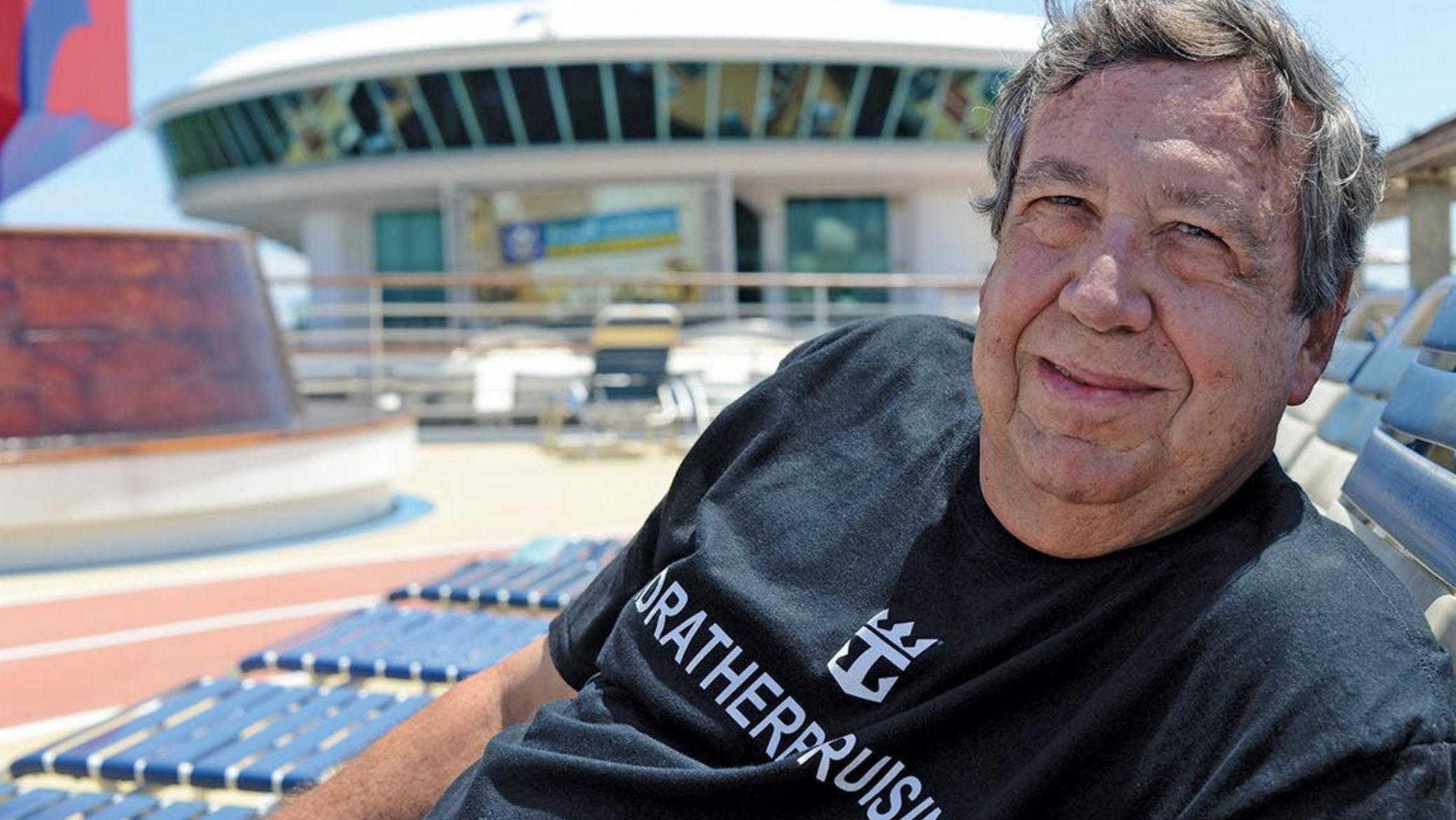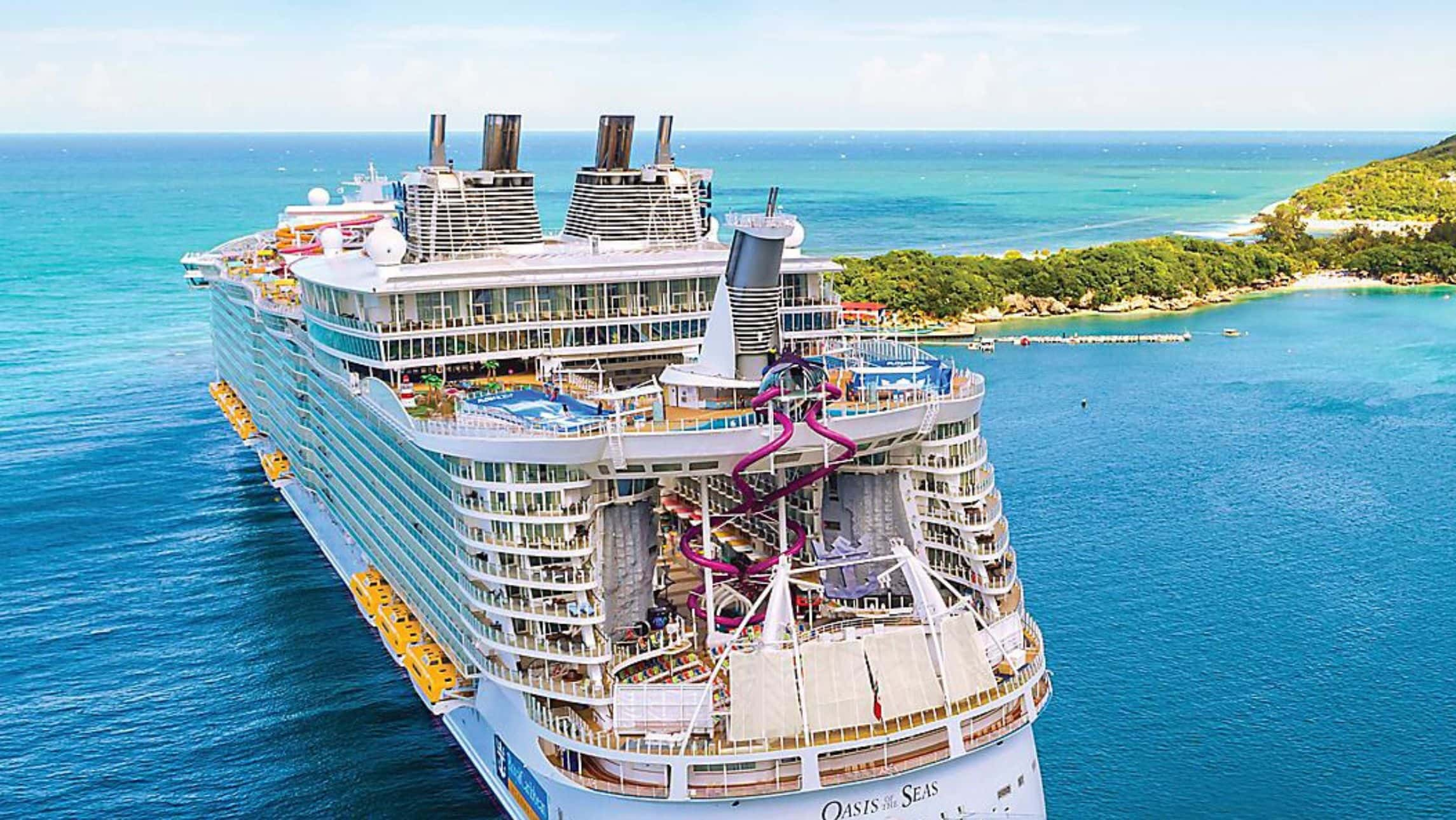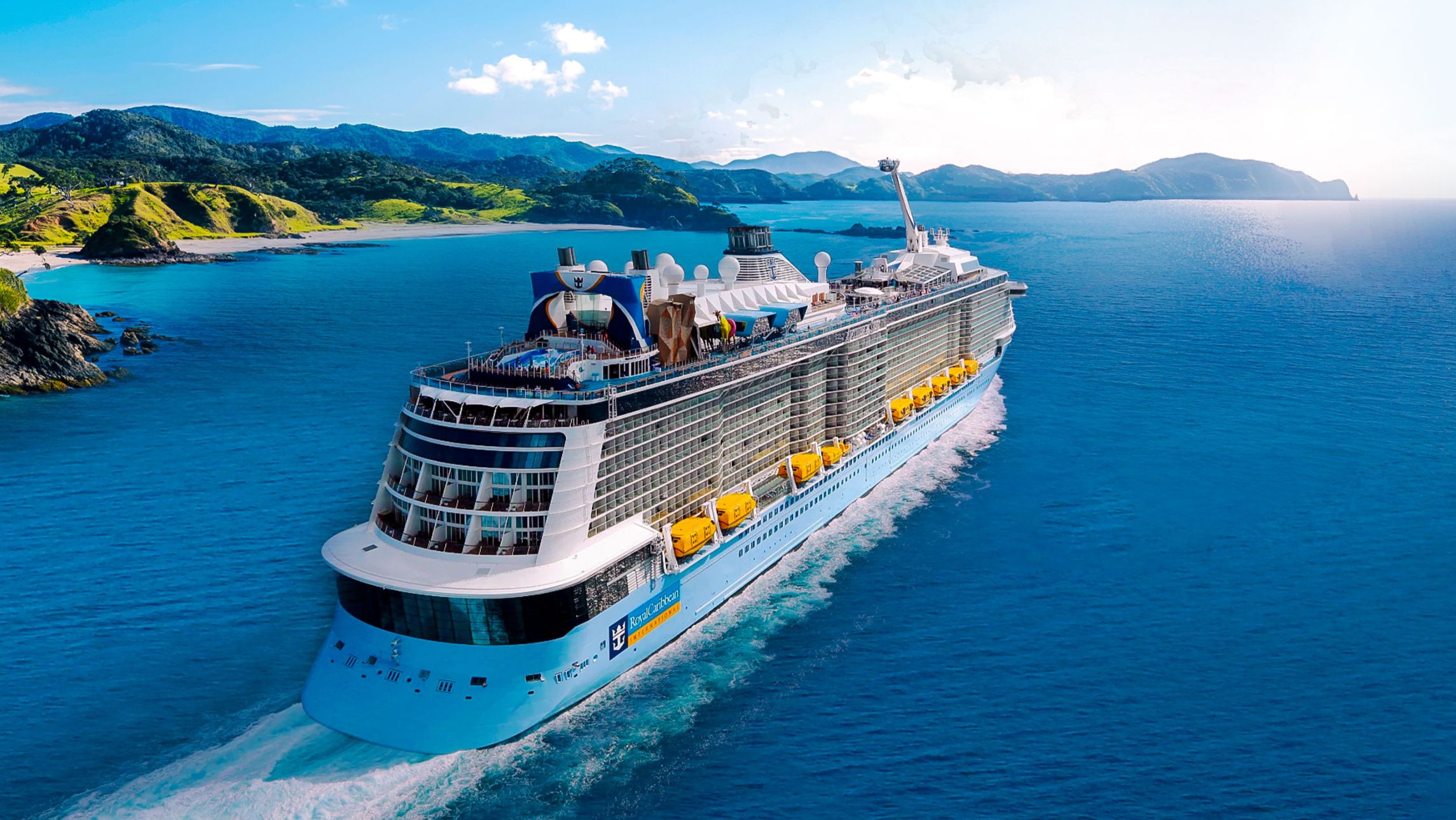- Royal Caribbean is currently undertaking a project to build a cruise terminal in a small Italian town, about 30kms from Rome.
- The local government is a strong supporter of the project though some local activist groups oppose it.
- This appears to be part of a larger Royal Caribbean strategy of building or buying their own port infrastructure, to avoid external threats like cruise caps or other regulations.
As Europe continues to quell cruise ship visitor numbers, lines have been searching for solutions.
About 30 kilometres out of Rome lies Isola Sacra, a small Italian coastal town of the Fiumicino that is the site of a massive Royal Caribbean-backed project to build a cruise port large enough to cater for Oasis Class ships that can carry almost 7000 passengers at once.
Cruise ships at the moment dock at Civitavecchia, which is about an hour’s drive away from Rome’s city centre. This closer port would cut down travel time for cruisers wanting to explore the historic city and offer Royal Caribbean the competitive advantage of a port closer to Rome than other cruise lines.
The plan involves creating a larger marina, which could also offer berths for many other smaller vessels. But it would also have space for an Oasis-class Royal Caribbean ship.
Some say the project would turn a quaint coastal town into an industrial cruise hub, significantly changing the landscape, atmosphere, and economy of the local area.
The town appears divided over the new project. While the local government believes the project will bring in significant money, there are many local groups opposed to the development.
Locals such as Giancarlo Petrelli, a retired engineer have their doubts. He told The Guardian: “They say this port will bring work. But in these cases, the sailors are not hired locally and the tourists won’t be interested in Fiumicino, but in Rome.
“Does no one think about the traffic and pollution generated by 5000 people going to and from Rome?”
The project would also require significant changes to the local ecosystem, for example, three million cubic metres of sand would need to be extracted to account for currently shallow waters and the coastline would be cemented over.
Royal Caribbean told The Guardian that the project would employ 7000 people in total, 2000 in construction, and 5000 after the work was complete. Furthermore, only one cruise ship will visit at a time and it will connect to shore power.
Mario Baccini, the mayor of Fiumicino is fully behind the project, stating it is a “history opportunity, which will change the city for the better and at no cost to the municipality”.
This adds fuel to a constant debate across cruise and tourism spaces, is cruise a blessing or a burden for small towns?

Could this create a worrying precedent?
Pietro Spirito, a professor at Rome’s Mercatorum University says the most worrying part of the project is the precedent it could create.
“An island is one thing, being 20 km from the capital of Italy is another. The precedent that would be set would leave other companies free to create their private stopovers inside public places.”
Essentially, there’s a worry that as cruise lines face pressure from large European cities, they’ll simply pivot their operations to nearby smaller coastal towns. This could create situations such as the one in Fiumicino, where governments will happily accept the project from a large cruise line, but the people may be more divided.
The ability of a cruise line, such as Royal Caribbean to exert its influence over smaller towns is clear. For example, when the Alaskan port town of Juneau voted on a proposal of whether or not to ban cruise ships on Saturday, Royal Caribbean donated $75,000 to the campaign group arguing against the proposal. Meanwhile, the locals advocating for Ship Free Saturdays worked with a budget of less than $400.
The cruise line then even proceeded to announce construction with a new cruise port in Juneau that it would operate independently, apparently ‘blindsiding’ the local government.
Other towns such as Bar Harbor in Maine have managed to completely eradicate the presence of cruises through local government votes, however, the port serves significantly less strategic importance than Juneau or a port outside of Rome.
However, with many large cities in Europe slowly but surely turning their backs on cruise, the building of individual ports outside of the cities does provide cruise terms with long-term solutions and more security in their operations moving forward.

A new strategy for Royal Caribbean?
It does appear to be a pattern that Royal Caribbean doesn’t mind a port that’s a bit outside of the city centre.
It’s been well-publicised that cities and towns all across Europe, and the world, have been resisting cruise through the mediums of new laws, regulations, and caps on cruise ships.
Therefore, this strategy makes a lot of sense for the cruise line. The biggest resistance that ports in Europe, and already the world have shown to cruise, is mostly directed at larger cruise ships.
Royal Caribbean builds the biggest ships in the world, and to this point, only seems to want to continue making ships even bigger, or at least big as its current fleet of giant vessels.
Having ports or private destinations that it owns, with infrastructure designed particularly for its big ships, ‘future proofs’ the Royal Caribbean model of mega-ships.
Even in Sydney, Royal Caribbean has previously put its support behind the idea of a third Sydney cruise terminal at Port Kembla, saying it would move its ships there “tomorrow”, if it was announced.
This demonstrates how it’s preferable for Royal Caribbean to have ships in ports where it has more influence and future prospects, rather than simply a port as close as possible to a large city or tourist attraction.
While this plan of having ownership or partnerships over ports can be seen abundantly clear in the Caribbean, where Royal Caribbean has its own private island, a second private destination being constructed in Mexico and several more private beach clubs or venues throughout the Caribbean, it appears they’re looking to start implementing this strategy in other areas.
For example, this project in Italy or their support of a cruise terminal in Port Kembla, as well as the building of a private destination in the South Pacific, perhaps demonstrates an intention for Royal Caribbean to begin extending its strategy of company-owned or shared ports as a way to guarantee a future, unhindered by regulations or new cruise caps, across multiple regions for years to come.









